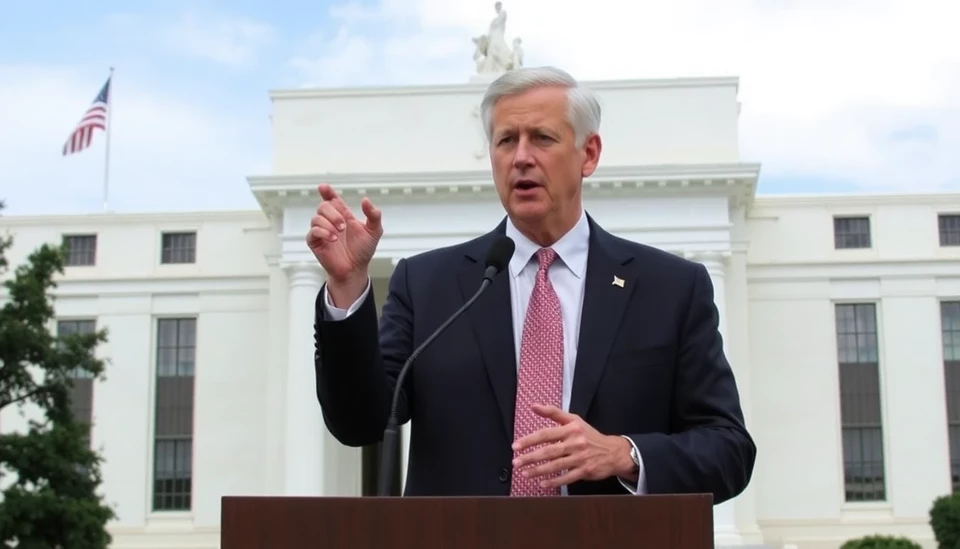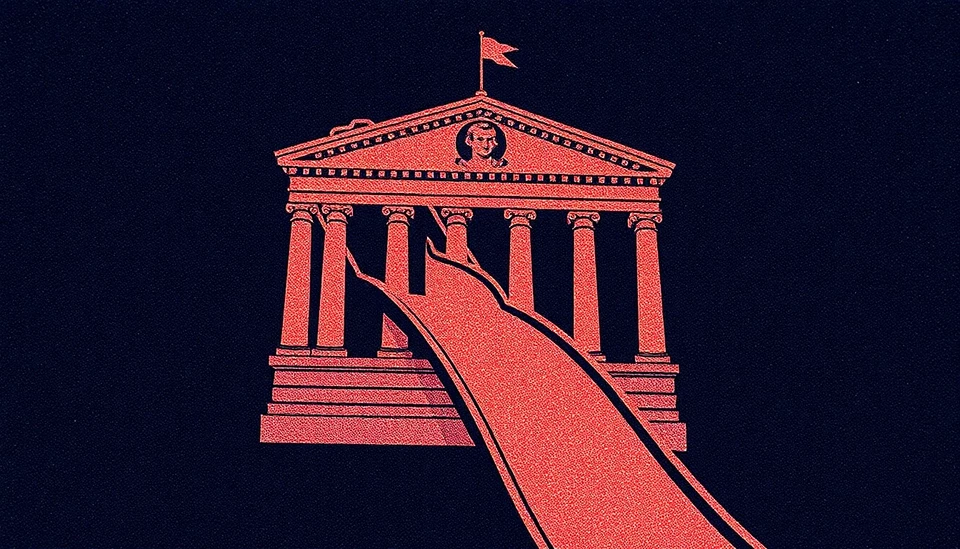
The Federal Reserve has recently unveiled a fresh rationale for its confidence in an often-overlooked inflation gauge, according to new findings that could reshape monetary policy discussions. This announcement comes amid ongoing efforts by the Fed to maintain economic stability and manage inflation rates, which have been a concern for both policymakers and the public alike.
The gauge in question focuses on measures that are not typically highlighted in mainstream discussions about inflation. Traditionally, the Consumer Price Index (CPI) and the Personal Consumption Expenditures (PCE) Price Index have been the focal points for inflation tracking. However, the Fed's new analysis brings attention to this lesser-known metric, suggesting it offers unique insights and may even serve as a more reliable indicator of inflationary trends moving forward.
Central to the Fed's enhanced confidence in this obscure measure is data suggesting its effectiveness in predicting shifts in consumer behavior and spending patterns. By integrating this measure into its broader analytical framework, the Fed aims to create a more comprehensive and nuanced view of inflation, one that accounts for variations that traditional metrics might overlook. This could allow for more timely and informed decision-making regarding interest rates and other monetary policy actions.
Additionally, experts within the Fed have noted that the unconventional gauge could provide a clearer picture of inflationary pressures in different sectors of the economy. For instance, it may capture fluctuations in prices that directly affect households and businesses, such as housing costs, energy prices, and food costs, which often do not reflect accurately in the more commonly utilized metrics.
This shift in focus comes at a critical juncture as the U.S. economy grapples with various challenges, including supply chain disruptions and labor market fluctuations. Amid these complexities, the Fed's findings may pave the way for a more adaptive approach to inflation management, ultimately fostering economic resilience.
As policymakers digest these new insights, many economists are eager to see how the Fed may integrate this information into their forthcoming meetings and announcements. A recalibration of how inflation is measured could influence a wide array of economic factors, from consumer spending to investment strategies across various sectors.
In conclusion, the Federal Reserve's recent revelations about the obscure inflation gauge present a significant development in economic forecasting. By broadening the scope of inflation metrics, the Fed is not only enhancing its analytical capabilities but also positioning the economy to cope more effectively with current and future challenges.
As the situation unfolds, stakeholders from all economic sectors will be closely monitoring how these changes will shape policies and drive economic adjustments across the nation.
#Inflation #InflationGauge #FedMonetaryPolicy #EconomicTrends
Author: Rachel Greene




